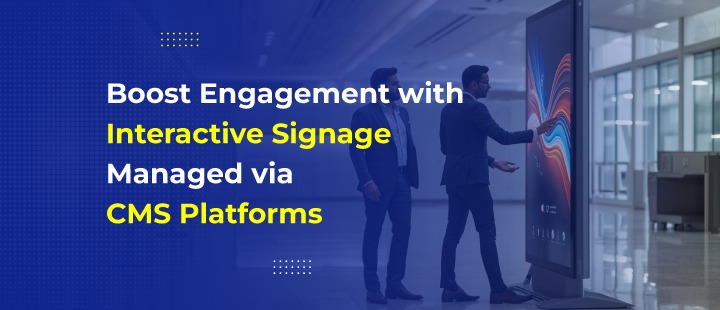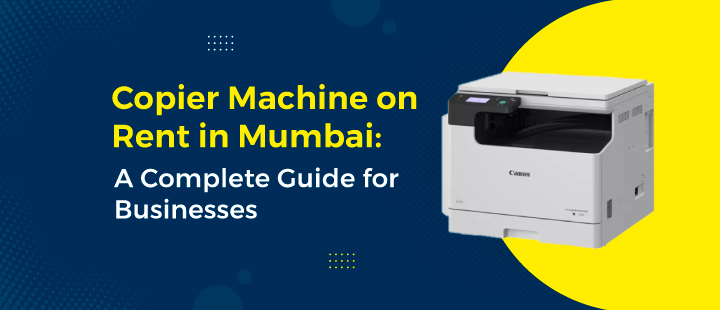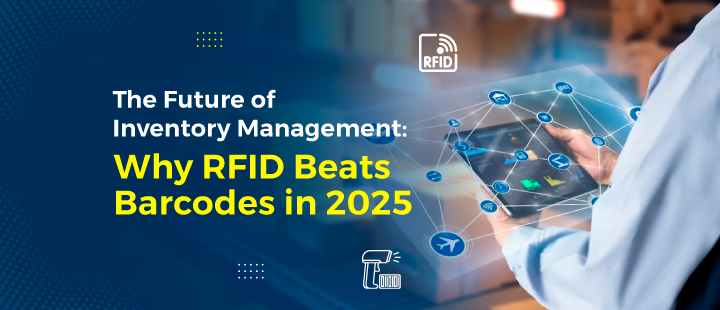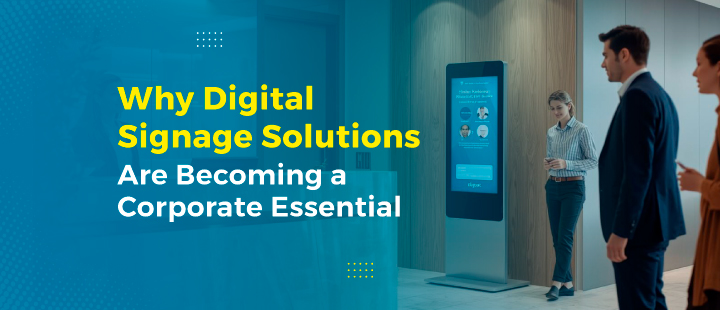Boost Engagement with Interactive Signage Managed via CMS Platforms
The global interactive kiosk market is projected to grow at a rate of over 7%, exceeding a value of $32 billion by 2028 . This dramatic growth highlights how content management systems for digital displays are becoming essential tools for modern businesses seeking to enhance their communication strategies.
Interactive digital signage stands out as a clear winner because these solutions are far more dynamic compared to traditional counterparts . Today’s customers prefer smart technology that makes retail experiences more immersive, innovative, and personal . Furthermore, digital signage improves communication by delivering timely, relevant information to employees and visitors alike .
Understanding content management systems is crucial for organizations wanting to leverage this technology effectively. These systems not only create a professional environment that impresses visitors with modern technology , but they also empower customers to take control of their shopping journey . Additionally, enterprise content management systems offer scalable solutions for businesses of all sizes, while content localization management systems ensure messages resonate with diverse audiences. This article explores how these powerful tools can transform ordinary displays into strategic communication assets.
What are Content Management Systems for Digital Displays?
Content management systems (CMS) for digital displays have become essential tools for modern businesses seeking to create, manage, and distribute content across digital screens. These sophisticated platforms serve as the backbone of effective digital signage operations.
Understanding content management systems in digital signage
A digital signage CMS is specialized software that enables users to display interactive content on screens using servers. It allows for the creation, editing, scheduling, and effective management of media across digital displays. Essentially, it functions as a central repository for all digital signage content, making it easily accessible when needed. The impact of well-managed digital signage is significant, with studies showing that 80% of customers entered stores because of digital signage and 63% of customers reported that digital signage influenced their purchase decisions.
How CMS differs from traditional signage software
In contrast to traditional signage solutions, digital signage CMS offers dynamic capabilities that transform how businesses communicate. Traditional signs are static, difficult to update, and often expensive to maintain over time. Moreover, CMS platforms provide valuable insights into viewer engagement and content performance that traditional signage simply cannot offer. One of the most significant advantages is remote management—users can control content from anywhere without being physically present at display locations, thereby saving time and resources while ensuring content remains fresh and relevant.
Types of CMS: cloud-based vs on-premise
When implementing digital signage, organizations must choose between two primary CMS deployment options:
- Cloud-based CMS: Hosted remotely and accessible from anywhere with internet access. These systems require minimal hardware investment, offer automatic updates, and provide excellent scalability. They typically follow a subscription model with lower initial costs
- On-premise CMS: Hosted locally on company servers, giving complete control over the system. This option requires significant upfront investment in hardware and software but eliminates ongoing subscription fees.
The choice between these options largely depends on specific business needs. Cloud-based solutions work well for organizations prioritizing flexibility and minimal IT infrastructure, whereas on-premise systems suit industries with strict data security requirements or regulatory compliance needs.
Key Features That Make CMS Powerful for Displays
The powerful features of content management systems (CMS) for digital displays go far beyond basic content creation, providing robust tools that enhance communication strategies and audience engagement.
Real-time content updates and scheduling
Modern CMS platforms excel at delivering dynamic content that stays relevant and timely. Users can schedule content distribution based on predefined time slots or trigger messages automatically in response to specific events, such as weather changes or real-time data fluctuations. This scheduling flexibility ensures that promotional offers appear precisely during peak store hours or adjust based on current inventory levels. Above all, pre-configured scenarios enable rapid responses to specific needs, whether for urgent announcements or seasonal campaigns.
Multi-location content control
For businesses with multiple display locations, a centralized hub for content management is invaluable. With spaces or groups functionality, administrators can organize screens by location, department, or purpose, making it simple to push tailored content to specific subsets of displays. Notably, this centralized approach allows for content deployment across an entire network with just a few clicks, while still maintaining the ability to customize messaging for local audiences. This balance between consistent branding and localized relevance significantly enhances communication effectiveness.
User roles and permissions
Effective user management is fundamental for maintaining security and workflow efficiency. CMS platforms typically offer various permission levels, including:
- Administrator: Full access to system settings and content management
- Content Author: Can create content but requires approval before publishing
- Approver: Reviews and publishes content created by authors
- Read-Only: Can only view content without editing capabilities
This hierarchical structure prevents unauthorized changes, streamlines approval processes, and maintains brand consistency across all displays.
Integration with data sources and APIs
The true power of modern CMS lies in its connectivity. Through API integrations, systems can automatically pull real-time data from external sources like point-of-sale systems, social media platforms, and business intelligence tools. This capability enables displays to showcase live inventory levels, social media feeds, or performance metrics without manual intervention, keeping content perpetually fresh and relevant.
Content localization management systems
Localized content displays increase engagement by customizing messaging based on geographic location, language, and cultural preferences. By adapting content to local contexts, these systems ensure messages resonate with specific audiences. Indeed, implementing localized content involves gathering demographic data, utilizing flexible content management tools, and regularly evaluating performance through metrics like engagement rates and customer feedback.
How CMS Enhances Engagement and Efficiency
Beyond feature-rich interfaces, the true value of content management systems lies in their ability to drive meaningful engagement and operational efficiency.
Personalized content delivery
A powerful CMS enables tailored messaging based on viewer demographics and behavior data. Studies show that 72% of customers only engage with personalized messages, while 80% are more likely to make purchases when brands offer personalized experiences [4]. Through AI-driven personalization, digital signage can recognize individual customers and display targeted offers based on age, gender, or even emotional state.
Interactive content triggers
Content triggers create dynamic experiences by automatically changing display content based on specific conditions. These include motion sensors that detect when customers enter a space, wireless product sensors that display information when items are picked up, and environmental triggers that adjust content based on weather conditions. Consequently, businesses report increased dwell time and customer engagement through these responsive, behavior-driven displays.
Reducing manual updates and errors
Without a CMS, digital signage becomes merely “a fancy screen” requiring time-consuming manual updates. Primarily, remote management capabilities eliminate the need for on-site staff, cutting travel expenses while ensuring content remains error-free. Users can instantly fix mistakes or update information across their entire network with a few clicks.
Boosting employee and visitor communication
Digital signage excels at strengthening internal communication by displaying real-time updates, performance metrics, and company announcements. Organizations benefit from centralized control that ensures consistent messaging across all displays, while still allowing for customization at departmental levels. This balance fosters employee engagement through recognition programs and immediate information sharing.
Implementing CMS in Your Digital Display Strategy
Successfully implementing a content management system requires strategic planning and thoughtful execution. According to research, the global content management system market is expected to reach INR 5653.49 Billion by 2025, growing at nearly 50% over five years.
Choosing the right CMS for your business
When selecting a digital signage CMS, primarily focus on what will appear on your screens Subsequently, evaluate:
- Cloud-based versus on-premise solutions (SaaS options offer flexibility for small businesses)
- Integration capabilities with existing business systems
- Security features and certifications
- Cost structure (subscription-based or one-time payment)
Enterprise content management systems for large networks
For organizations managing extensive display networks, enterprise-level solutions provide comprehensive control. Samsung VXT, for instance, offers enhanced capabilities for large-scale deployments with multi-screen enrollment and increased backlight control across locations. Furthermore, these systems enable centralized management that helps organizations operate more efficiently while delivering consistent brand experiences.
Best practices for content planning and deployment
Effective deployment starts with clear objectives. First, establish formal processes for content creation, review, and approval with defined roles Additionally, organize content into cloud-based playlists to streamline management across different locations Finally, create a detailed deployment design document containing step-by-step instructions to eliminate revisits and cost overruns
Security and compliance considerations
Given that digital displays often operate in public spaces, security is paramount. Therefore, implement strong authentication methods including multi-factor authentication Place signage devices on separate, secure network segments isolated from sensitive systems Regularly update software with security patches and monitor for unauthorized access.
Conclusion
Content management systems for digital displays stand as powerful tools that transform ordinary screens into strategic communication assets. These systems offer far more than simple content creation capabilities. First and foremost, they provide businesses with dynamic, personalized, and interactive communication channels that static signage simply cannot match. The statistics speak for themselves – with 80% of customers entering stores because of digital signage and 63% reporting that digital displays influenced their purchase decisions.
The choice between cloud-based and on-premise solutions depends entirely on specific business requirements. Organizations must consider factors such as budget constraints, IT infrastructure, security needs, and growth projections before making this critical decision. Regardless of deployment method, the right CMS delivers significant benefits through real-time updates, centralized multi-location control, and seamless data integration capabilities.
Personalization remains perhaps the most compelling aspect of modern digital signage systems. The ability to tailor content based on viewer demographics, behavior patterns, and environmental conditions creates meaningful connections with audiences. Additionally, automated content triggers eliminate manual updates while simultaneously reducing errors, thus saving valuable time and resources.
Security considerations should never become afterthoughts when implementing digital display networks. Strong authentication methods, secure network segmentation, and regular software updates form the foundation of a protected signage ecosystem.
Businesses of all sizes can benefit from thoughtfully implemented digital signage strategies. Small operations might start with cloud-based solutions offering flexibility and lower initial costs, while enterprise networks may require comprehensive systems with advanced management capabilities. Above all, clear objectives and formal content processes must guide any implementation effort.
Digital displays powered by robust content management systems will undoubtedly continue reshaping how organizations communicate with customers, visitors, and employees. Those who master these powerful tools gain distinct advantages in an increasingly competitive marketplace where immediate, relevant, and personalized communication makes all the difference.
To learn more, feel free to contact Network Techlab especially when your goal is to get your hands on bespoke assessments. For more information feel free to share your feedback or service-related questions by calling +91 8879004536 or sending an email to info@netlabindia.com.










